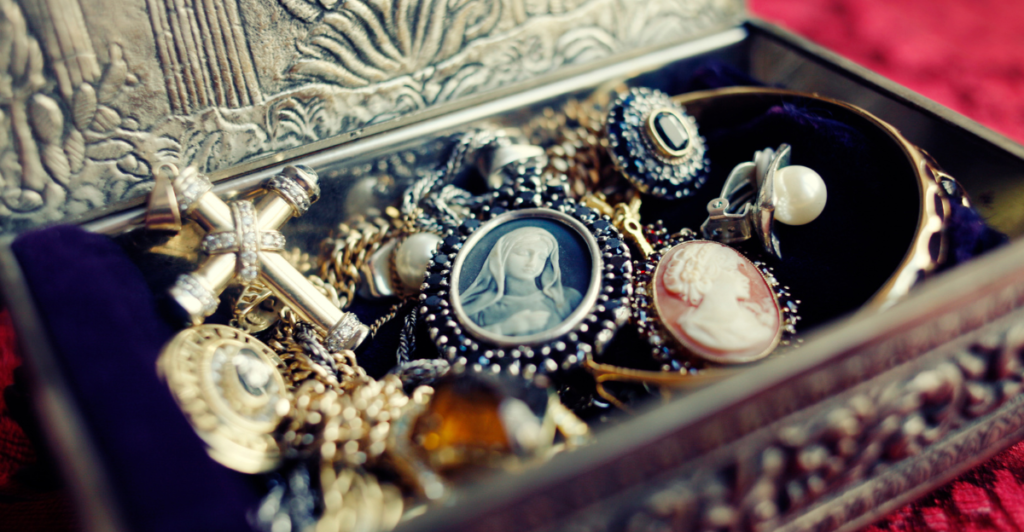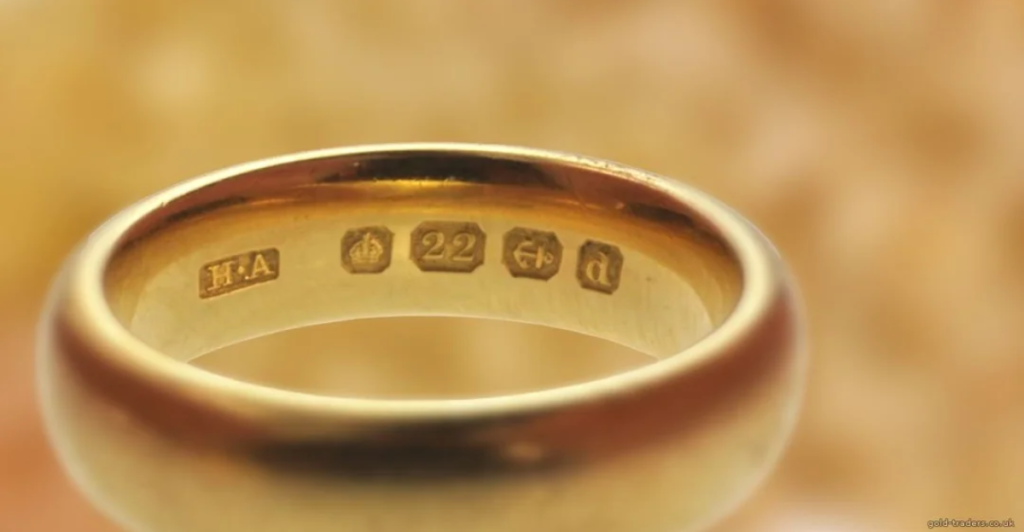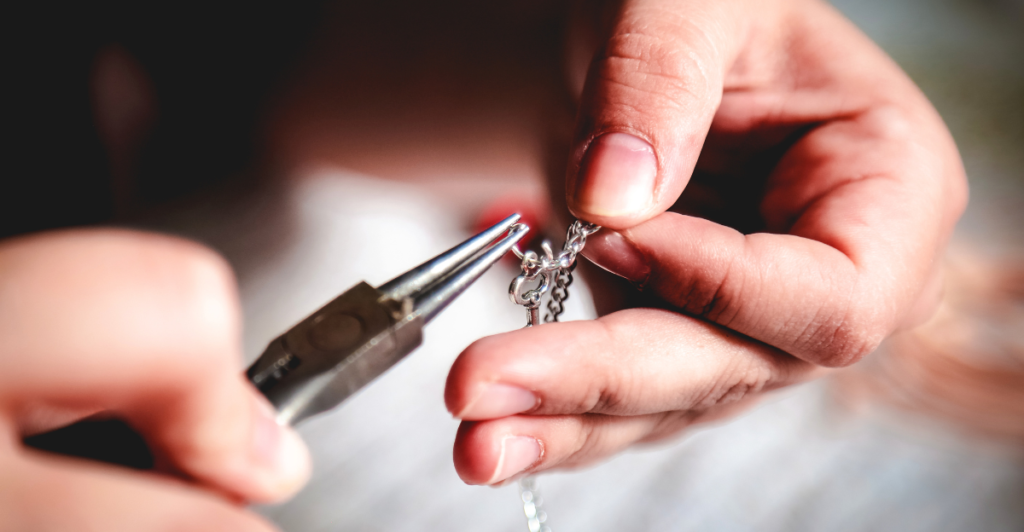
Shopping for antique and vintage jewelry is not like grabbing a cute necklace from Zara. It’s more like treasure hunting—exciting, a little intimidating, and totally worth it when done right. The pieces have history, character, and serious style cred. But buying them isn’t just about looks; it’s about asking the right questions, spotting fakes, and knowing when you’re getting played. Whether you’re looking for a 1920s Art Deco cocktail ring or your grandma’s dream brooch, there are tricks of the trade that will save you time, money, and heartbreak. Let’s break down 10 pro tips that’ll have you buying vintage like a true jewelry insider.
1. Learn the Lingo (It’s Not All Just “Old”)

Not everything that looks vintage actually is. Antique typically means it’s over 100 years old, while vintage usually falls between 20 to 99 years. Then there’s estate jewelry, which just means pre-owned. Each label can impact value, authenticity, and even pricing. Sellers love to throw around buzzwords, so knowing the difference keeps you from paying antique prices for something that’s just “retro cute.” Learn styles from different eras—like Edwardian, Art Deco, or Mid-Century Modern—so you know what you’re actually shopping for. Otherwise, you’ll be stuck in a loop of sparkly confusion with a side of buyer’s remorse.
2. Always Ask for Documentation

We get it—the ring is stunning, the lighting is perfect, and the seller swears it’s Victorian. But unless there’s documentation to back it up, pause before swiping your card. Authentic antique and vintage jewelry often comes with appraisals, receipts, or even provenance documents outlining its origin. These aren’t just boring papers—they’re your safety net. Ask for certificates, maker’s marks, or gem grading if stones are involved. If a seller can’t provide any history or backup info, be skeptical. Good dealers know their inventory and respect your right to verify. If they don’t? Walk. You’re buying history, not a mystery box.
3. Examine the Craftsmanship Closely

Modern jewelry manufacturing is wildly efficient, but antique and vintage pieces? They’re tiny masterpieces. You’ll often see hand-engraving, intricate filigree, or old-world settings that simply aren’t mass-produced anymore. Examine the details. Are the prongs carefully finished? Are stones set neatly or wobbling like your Wi-Fi signal? Flip it over—cheap pieces tend to look unfinished underneath. Quality vintage jewelry should feel solid and thoughtfully made, even if it’s dainty. If you’re in a shop, bring a loupe or ask for one. If you’re buying online, zoom in like your life depends on it. Beauty may be skin-deep, but quality isn’t.
4. Know Your Gemstones (and Their Tricks)

Not every sparkling green stone is an emerald, and not every “diamond” is forever. Antique jewelry often features old-cut diamonds (like rose cuts or cushion cuts), which can look less brilliant than modern ones—but they’re rarer and super charming. Also, watch out for synthetic stones that mimic the look of rubies, sapphires, or emeralds. These became popular in the early 20th century and are common in vintage pieces. They’re still beautiful, but they don’t carry the same value. Look for signs of wear, inclusions, or even telltale bubbles in glass imitations. When in doubt, ask for a professional appraisal.
5. Verify the Metal (Hallmarks Matter)

That yellow “gold” bracelet might actually be brass. Antique and vintage pieces should have clear hallmarks stamped somewhere discreetly—often inside a band or clasp. These stamps tell you the metal type (like 14k or 18k gold), origin, and sometimes the maker. European pieces often use symbols instead of numbers, so keep a reference chart handy when browsing international sellers. Tarnishing doesn’t always mean it’s fake; even silver tarnishes over time. But if there’s no hallmark at all? Be cautious. It could still be real—but it could also be gold-plated costume jewelry masquerading as a family heirloom. Trust, but verify.
6. Ask If It’s Been Modified

Many vintage and antique pieces have been “updated” over time. Maybe someone replaced the original stones, shortened the necklace, or modernized the clasp. While this doesn’t automatically reduce value, it can affect authenticity and collectability. Always ask if the item has been altered or restored. Original pieces often fetch higher prices on the resale market and hold their historical integrity better. If you’re buying for investment, originality matters. If you’re buying to wear, go with what speaks to you—but know what you’re getting. A modern clasp on an Edwardian pendant might not be a deal-breaker, but it should be disclosed.
7. Don’t Sleep on Auctions

If you’re only buying from high-end vintage boutiques, you’re missing half the fun. Estate auctions—both live and online—are incredible places to find one-of-a-kind pieces at surprisingly reasonable prices. Yes, it can get competitive. Yes, you might lose out to someone with faster Wi-Fi. But the thrill is unmatched, and sometimes, you score major gems at a fraction of retail. Check platforms like Sotheby’s, Bonhams, or even eBay for vetted sellers with great reputations. Just be sure to set a budget and research the item thoroughly. Auctions are where hidden treasures live—and where bidding wars go to thrive.
8. Trust Reputable Sellers (Seriously)

If someone’s slinging “authentic Georgian” earrings out of a folding table at a flea market for R200, run. Fast. Great vintage jewelry dealers care about sourcing, documentation, and long-term customer trust. Whether it’s an Instagram shop, Etsy store, or physical boutique, check reviews, ask questions, and research their inventory style. Are they consistent? Are they transparent about modifications? Good sellers want educated buyers—they’re not trying to pull a fast one. Look for specialists in certain eras or styles if you want expert advice. Because honestly? There’s nothing cute about a fake ring with a “genuine” price tag.
9. Factor in Future Repairs

Old jewelry is beautiful—but it can also be fragile. Clasp breaks, stone settings loosen, and vintage chains sometimes snap mid-party (tragic). Before buying, ask if the piece has been recently serviced or if it needs repairs. Factor that into the total cost. Some repairs are simple; others require niche jewelers who understand antique construction. And some pieces are so delicate, they’re better off admired than worn daily. If it’s an heirloom you’ll pass down, plan for a little maintenance along the way. Think of it like vintage cars—they’re stunning, but they need love (and the occasional tune-up).